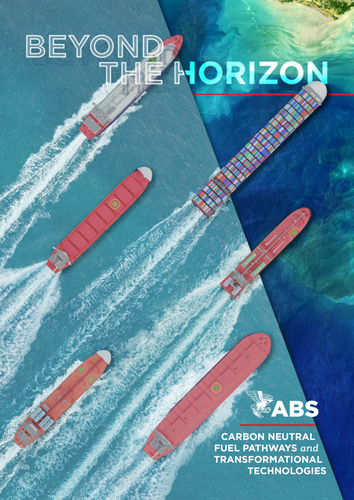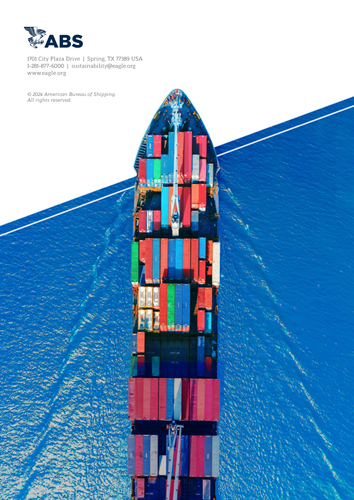Beyond the Horizon: Carbon Neutral Fuel Pathways and Transformational Technologies/За горизонтом: углеродно-нейтральные топливные пути и трансформационные технологии
Книга на английском языке
This year's Outlook, Beyond the Horizon: Carbon Neutral Fuel Pathways and Transformational Technologies, explores the carbon neutral fuel pathways and the transformational technologies that will support the maritime industry’s challenging journey to 2050, including an updated fuel mix forecast, potential net zero scenarios and detailed analysis of the capacity of the maritime ecosystem to support decarbonization.
There is an active shift in the composition of the global fleet toward more sustainable energy sources, with about 50 percent of the current orderbook (in gross tonnage), featuring dual-fuel engines and a shift to a more diversified set of fuels, particularly LNG, methanol and ammonia, in the orderbook. The fuel mix forecast for this year and through 2050 underscores a substantial and continuous transition in the maritime sector towards cleaner alternative fuels such as methanol, ammonia, and LNG. The market share of traditional fossil fuels is anticipated to decline to 15 percent by the year 2050. The utilization of methanol gradually rises to 42 percent by 2050. Utilization of ammonia is anticipated to increase by 33 percent by 2050. As regulatory pressures increase, the adoption of energy efficiency technologies and alternative fuels is also anticipated to increase.
Contents
Section 1 - Introduction
1.1 Regulatory Updates
1.2 Publication Overview
Section 2 - Energy Transition Outlook
2.1 Introduction
2.2 Long-Term Energy Forecasts
2.3 Cargo Demand and Fuel Consumption
2.4 Geopolitical Impacts to Maritime Decarbonization
2.5 Fuel Mix Forecast
Section 3 - Market Outlook and Ecosystem Capacity
3.1. Order book Status
3.2. Retrofit Status and Outlook
3.3. Shipyard Capacity
Section 4 - Fuel Pathways and Technologies
4.1. Introduction
4.2. Alternative Fuel Pathways
4.3. Fuel Pathways Performance
4.4. Further Insights into Carbon Neutral Fuels
4.5. EETs Uptake Rate
4.6. Alternative Fuels and the Human Element
4.7 Appendix
Section 5 - Key Transformation Technologies
5.1. Introduction
5.2. Onboard Carbon Capture and Storage (OCCS) Systems
5.3. Wind Assisted Propulsion
5.4. Beyond the Engine
Section 6 - Offshore Industry Insights
6.1 Introduction
6.2 Offshore Units Market Updates
6.3 Emerging Offshore Value Chains
6.4 Biodiversity and Ecosystem Impacts
Section 7 - Conclusion and Key Takeaways




